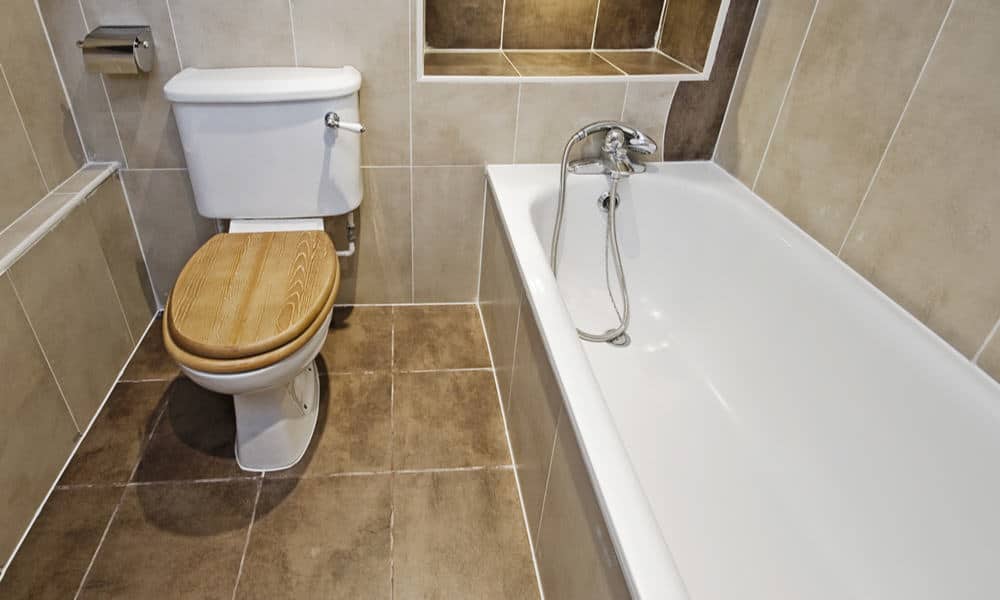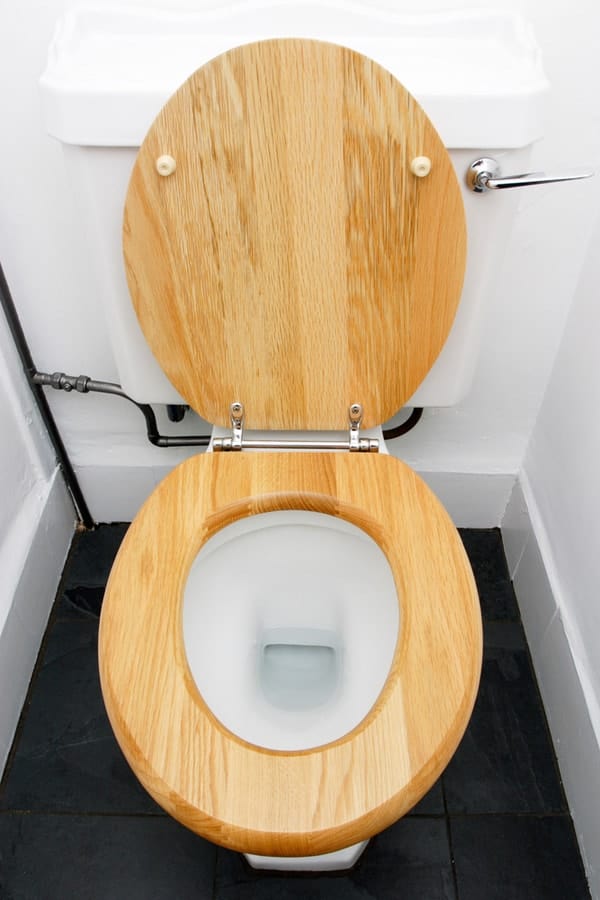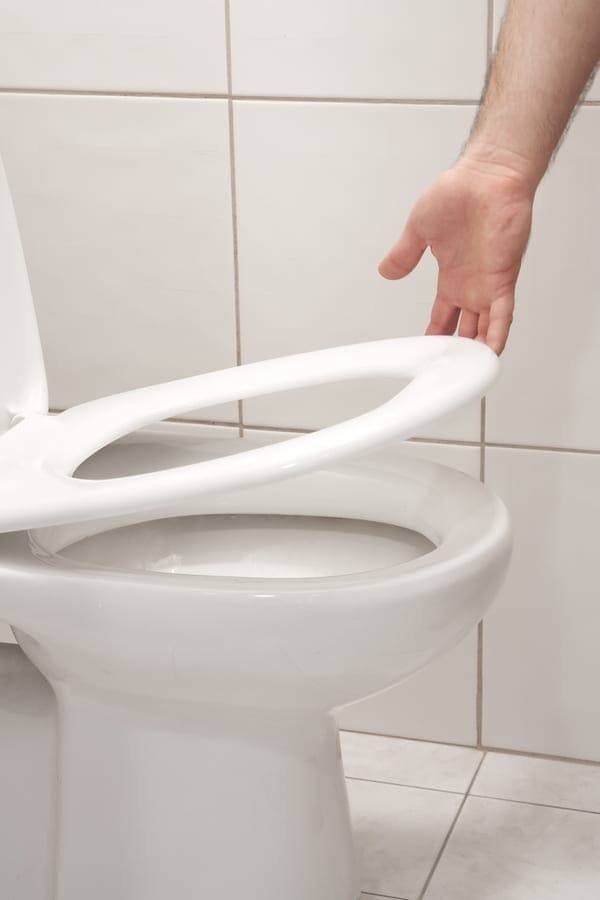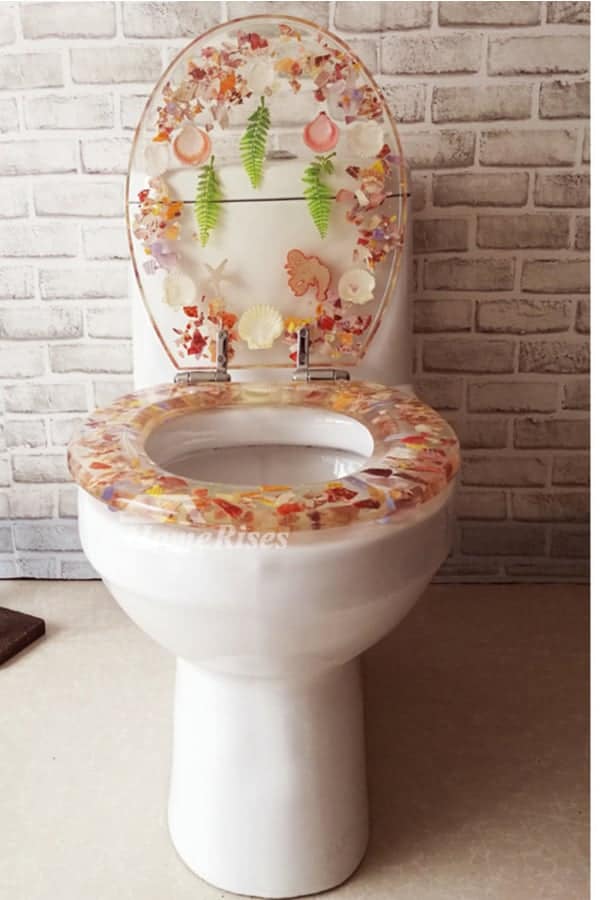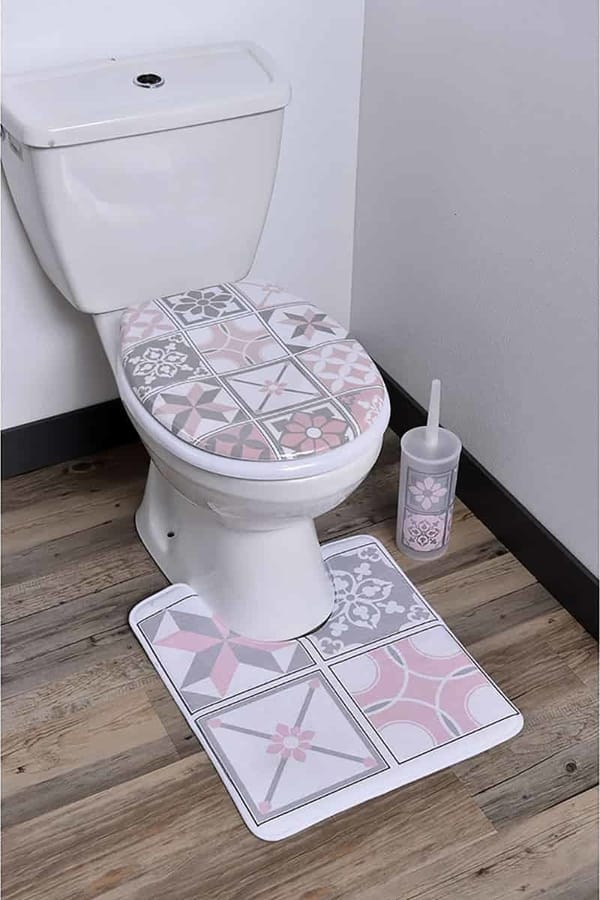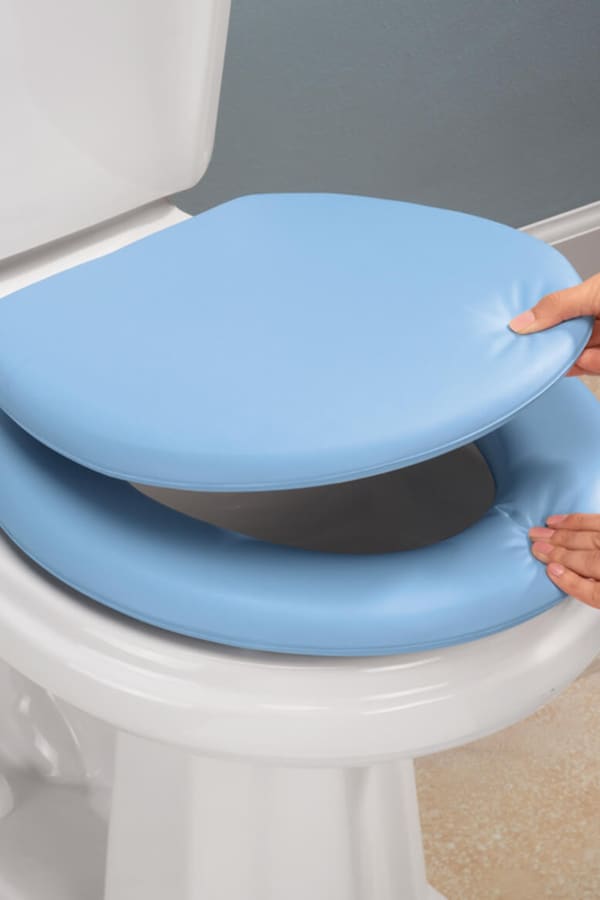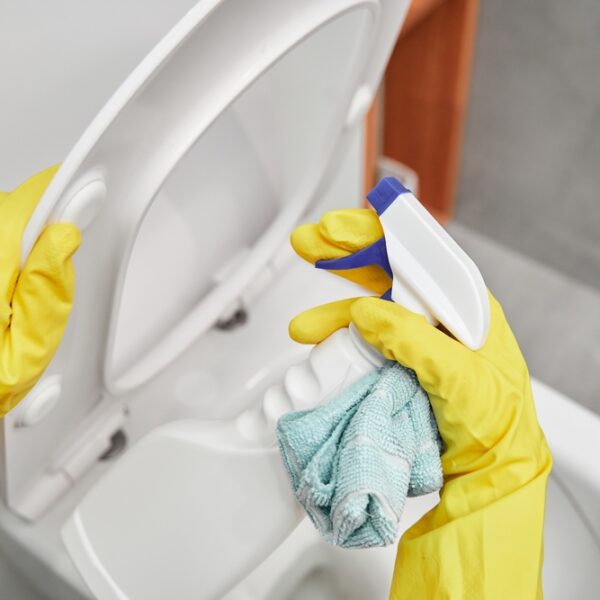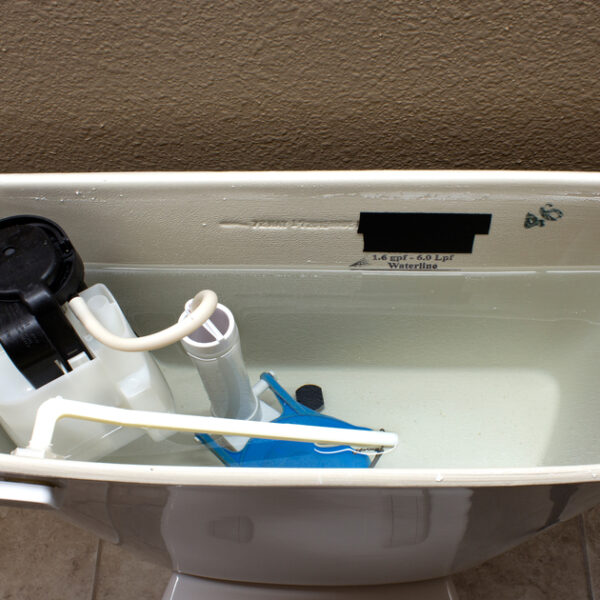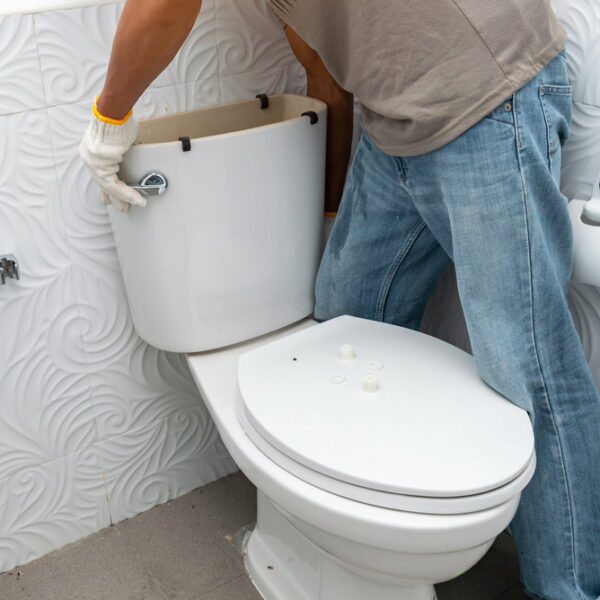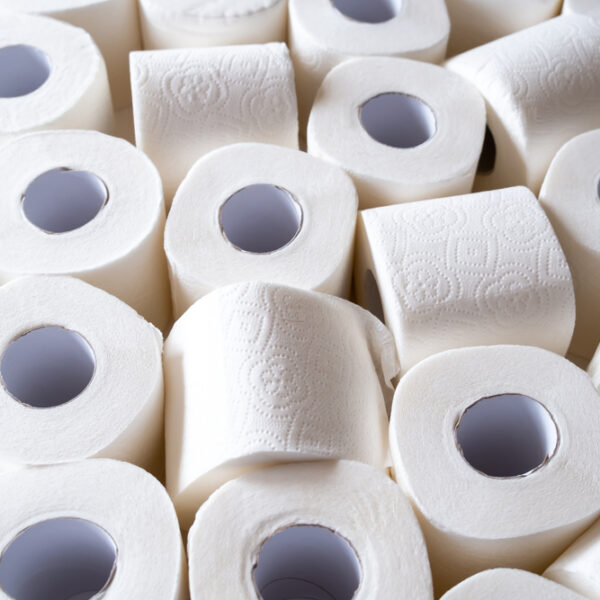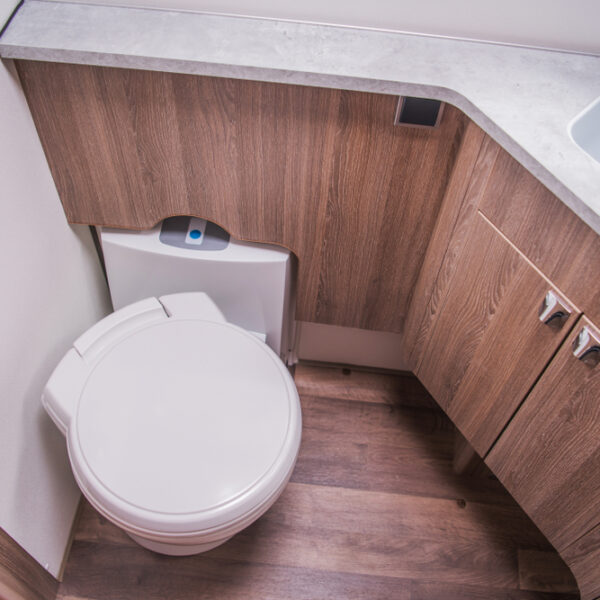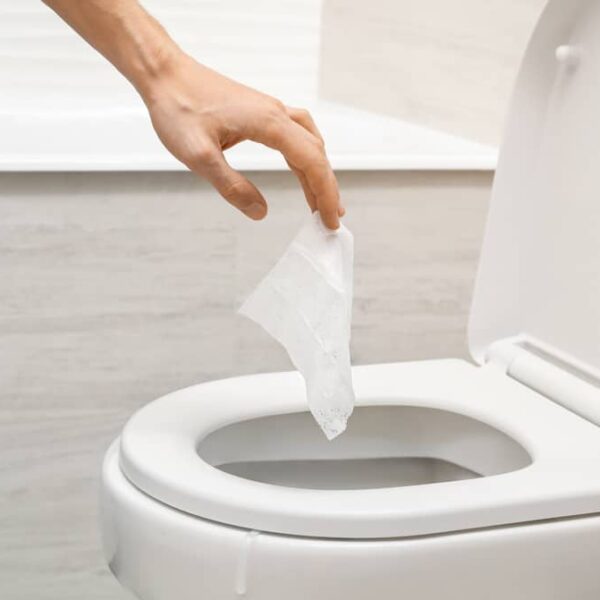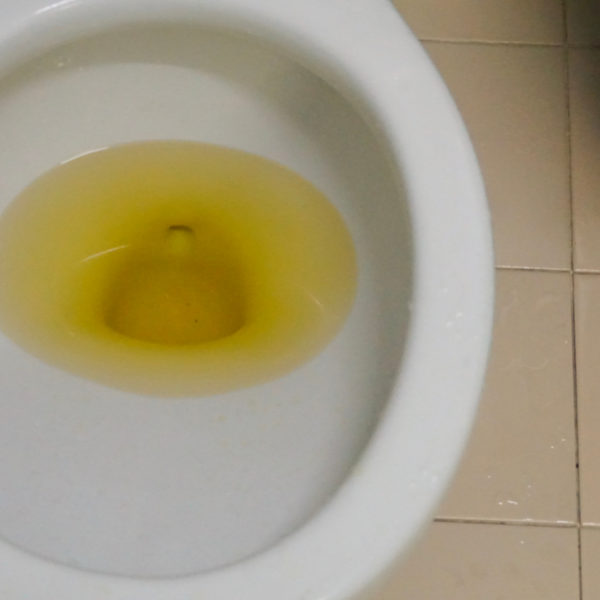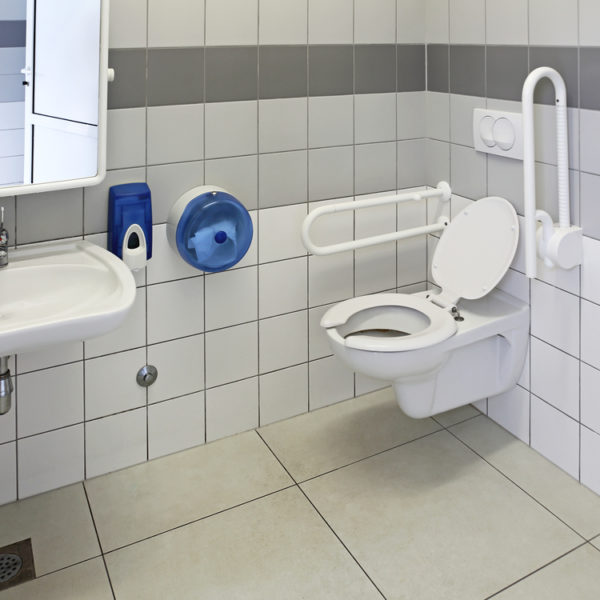When it comes to your bathroom, it’s easy to overlook one of its most critical components: the toilet seat.
Many of us don’t realize that we spend over 92 days of our lives sitting on a toilet seat. Considering how much you use your bathroom, it’s essential to purchase the right seat next time you need one.
While toilet seats have traditionally been constructed using wood, new toilet seats take advantage of a wide variety of materials.
In this article, we’ll explore toilet seats, different toilet seat materials, and some other critical information you should consider next time you’re buying a toilet.
Toilet Seat Materials
If you’re in the market for a new toilet seat, you’re probably surprised about how many options you have.
Choosing the right toilet seat can be tricky — you’re spoiled for choice. If you’re wondering what types of materials manufacturers use to build toilet seats, we’ll explore them below.
1. Wooden Toilet Seats
Traditionally, many toilet seats have been made using wood. Manufacturers construct seats with various types of wood and then use a varnish to finish and seal the material.
The finishing process protects it from water and keeps the toilet seat sanitary. Still, wooden toilet seats are more likely to rot than seats made from synthetic materials.
The primary benefits associated with a wooden toilet seat are the feel and the appearance of the seat.
Wood seats are typically less responsive to temperature than some synthetic materials, which means it won’t be as cold to sit on during the winter months.
Also, many homeowners enjoy the traditional aesthetic of wood toilet seats.
2. Plastic Toilet Seats
As manufacturers began to use synthetic materials, plastic toilet seats became one of the industry’s most popular options. While plastic seats don’t rot like wooden seats, they’re not nearly as strong as other synthetic materials.
Most plastic seats are made from a material called polypropylene. And while this material does tend to break, it also offers some of the cheapest price points on the market. Still, plastic toilet seats also have a reputation for turning yellow after a certain amount of time.
If you’re set on purchasing a plastic toilet seat, you may prefer to buy a thermoplastic seat. Thermoplastic is a much stronger injection molding material made from synthetic resin.
3. Resin Toilet Seats
If you’re looking for a combination of aesthetic and practical, a resin toilet seat might be the perfect option.
The type of resin in your toilet seat will depend on the manufacturer of the product. This being said, most resin seats are highly durable and provide a much better external appearance than plastic seats.
While synthetic resin toilet seats do exist, many resins are made from organic materials.
If you’re looking to purchase an environmentally-friendly toilet seat, make sure to check that the resin is constructed from natural sources.
4. Duroplast Toilet Seats
Duroplast is a synthetic material that is made from a polymer blend. First invented in Germany in the 20th Century, Duroplast has grown into one of the world’s most popular toilet seat materials.
If you’re looking for a toilet seat that is durable and long-lasting, Duroplast is an excellent choice.
Many homeowners prefer Duroplast toilet seats because they can withstand harsh cleaning chemicals.
If your priority is keeping your bathroom clean and well-maintained, Duroplast is a reliable option.
Unfortunately, Duroplast is not considered a sustainable material. While it makes a strong and sturdy product, disposing of the material is deemed to be harmful to the environment.
Still, considering it has one of the most extended lifespans out of the materials mentioned in this guide, it won’t need to be replaced often.
5. Medium Density Fiberboard Toilet Seats
Medium-density fiberboard (MDF) consists of compressed wood fibers.
If you’re looking for a high-quality toilet seat that is made primarily from organic materials, this is another excellent choice.
The strength of the material will depend on the finishing and sealant that is used in the construction process.
For any wood-based material to be water-resistant, you’ll need to ensure that it is properly treated. This type of toilet is more susceptible to rot and other wood-related issues.
Bidet Toilet Seats
If you’re seeking a bidet toilet for your bathroom, it’s essential to choose the right seat.
There are now several bidet toilet seats that employ electrical components to control water flow and other core elements of the toilet. In most cases, the bidet control will be attached to the side of the seat.
Modern bidet toilets can be much more expensive than traditional toilets.
If you’re seeking a bidet toilet seat with electric controls and components, prepare to pay much more. You’ll also need to ensure the toilet itself is designed to be a bidet.
Fortunately, depending on the manufacturer you work with, you’ll have a choice between a wide range of toilet seat materials.
Toilets for Camping
If you’re looking for a portable toilet or a camping toilet, you’ll find some of the same toilet seat materials mentioned in the above section.
While you won’t find any portable wood toilets, many camping toilets are made entirely of plastic. This makes it easy to clean and maintain your portable toilet.
If you own an RV, your RV toilet seat is just as customizable as a traditional toilet.
RV owners can purchase toilet seats constructed from a full range of materials. It’s easy to make your RV feel familiar when you can buy the same types of toilet seats that you have at home.
Should You Buy a Padded Toilet Seat?
If your primary priority is the comfort of your flushing toilet, you might be considering a padded toilet seat.
In theory, a soft toilet seat sounds like a great invention, but there’s a reason this type of toilet seat isn’t very popular.
While padded toilet seats can be useful for a short period of time, they begin to fall apart after extended use.
Once cracks and holes start to appear on the cover of the seat, the cloth and material underneath may start to collect particles.
It can end up being extremely unsanitary — if you prioritize cleanliness, you should never buy a padded toilet seat.
Consider the Maintenance
It’s essential to keep your bathroom as clean as possible.
For this reason, choosing a toilet seat material that requires little to no maintenance is essential. Durable materials are less likely to scratch, break, chip, or experience other forms of damage.
This is one of the primary reasons that many property owners now use toilet seats made from plastic and other synthetic materials. While the materials are more harmful to the environment, they require less maintenance and aren’t affected by water and other organic materials.
Consider the Environment
As environmental issues come to the forefront of many political discussions, consumers are beginning to purchase sustainable products. While plastics and other synthetic materials often offer the best price points, there are plenty of organic toilet seat materials available on the market.
If you’re attempting to reduce waste and lower your impact on the environment, wooden toilet seats and products made from organic resins are most likely the best options.
Also, choosing a durable toilet seat that won’t require replacement can help you avoid purchasing multiple seats in over the next few years. This consideration can also decrease your impact on the environment.
Consider Professional Installation
While it can be tempting to perform a DIY toilet seat installation, it’s often a good idea to seek professional help.
If you choose to install your own toilet seat, you may not secure it to your toilet bowl correctly. Believe it or not, over 40,000 people are harmed while on the toilet in the United States every year.
Contacting a plumber or contractor to install your toilet will be a cheap and easy process. If you do decide to install your own toilet seat, it’s essential to ensure that it’s compatible with your toilet bowl — follow all instructions closely.
The Toilet: A Short History
Now that you’ve read about toilet seat materials and why they’re used, you might be curious about the origin of the modern toilet.
For most of human history, our ancestors never had access to traditional bathrooms. While there is some evidence that toilets existed thousands of years ago in certain cultures, it wasn’t until the last few centuries that modern toilet designs came into existence.
While the 19th Century saw the development of several toilet designs and sanitation methods, it wasn’t until 1902 that the first truly modern toilet was released.
This toilet included flushing valves and utilized some of the same technology that we find in the bathrooms of today.
Verdict: Compare Your Options
No matter what toilet seat material you choose to buy, it’s always essential to consider all your options before you make a purchasing decision.
Responsible consumers will consider the toilet seat’s material, manufacturer, price, warranty, and other critical elements. Taking your time to research your options will help ensure you buy the perfect seat.
